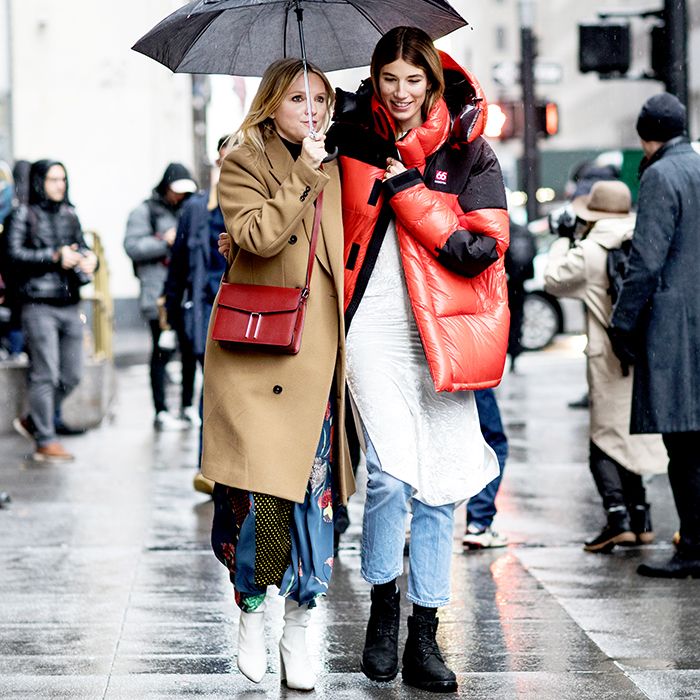Latest Patterns in Eastern Wear Pakistan : A Comprehensive Guide for 2024
Latest Patterns in Eastern Wear Pakistan : A Comprehensive Guide for 2024
Blog Article
Unlock the Tricks of Ageless Eastern Wear
Exploring the enigmatic world of classic Eastern wear explores a realm where culture, background, and artistry assemble to create garments that go beyond simple fabric and thread. The elaborate tapestry of tradition interwoven with contemporary components uses a peek into a world where every stitch narrates, every concept a sign of significance. Revealing the secrets behind these developments reveals a tapestry of heritage waiting to be untangled, inviting one to journey with the aerial elegance and mystique of Eastern fashion.
History of Eastern Style
The background of Eastern style go back centuries, showing the rich cultural heritage and traditions of varied areas throughout Asia. Each area flaunts its unique designs, fabrics, and styles that have been influenced by variables like environment, religious beliefs, social standing, and profession courses. eastern wear pakistan. For instance, the complex silk garments of China symbolize sophistication and class, while the vibrant saris of India showcase a kaleidoscope of patterns and shades.
In Japan, the robe has been a symbol of tradition and refinement for generations, with different designs worn for different occasions. Likewise, the hanbok in Korea stands for the country's deep-rooted customs and is still used throughout essential ceremonies. The background of Eastern style is a tapestry of technology and tradition, blending old methods with modern-day influences to develop a dynamic and ever-evolving market. Understanding the beginnings of these legendary garments provides understanding right into the cultural value and workmanship that continue to inspire contemporary designers worldwide.
Relevance of Conventional Outfit
Conventional attire acts as a social symbol, symbolizing the values, beliefs, and heritage of communities in Eastern cultures. eastern wear pakistan. These garments are not merely pieces of fabric however are symbolic representations of the abundant background and customs gave via generations. In Eastern societies, typical clothes plays a substantial duty in ceremonies, festivals, and life, reflecting the social standing, local affiliations, and even marriage condition of individuals
The value of conventional outfit goes beyond aesthetic appeals; it is a means for individuals to connect with their roots and reveal satisfaction in their cultural identity. Each garment, from the complex sarees of India to the streaming hanboks of Korea, brings with it a narrative of workmanship, significance, and importance that is deeply ingrained in the textile of society.
In addition, conventional clothes functions as a visual language, communicating stories of unity, victory, and resilience. By using these garments, people not just recognize their heritage but likewise add to the conservation and celebration of their cultural tradition.
Development of Eastern Embroideries
Eastern embroideries have an abundant history that extends centuries and have actually continuously evolved to integrate varied social influences and respond to shifting imaginative trends. The development of Eastern needleworks can be traced back to ancient worlds where elaborate styles were hand-stitched onto textiles utilizing standard strategies.

Today, Eastern embroideries proceed to progress, blending traditional workmanship with contemporary layout perceptiveness to develop timeless pieces that celebrate the beauty of multiculturalism and artistic innovation.
Glamorous Fabrics in Eastern Use
Luxurious Recommended Reading textiles play an essential role in raising the aesthetic allure and quality of Eastern wear, boosting the general appeal and class of conventional garments. Eastern wear is renowned for its opulent fabrics that not only reflect the area's rich cultural heritage however also signify sophistication and poise. Silk, a fabric synonymous with luxury, is usually made use of in crafting Eastern useful content clothes, passing on a shiny shine and a soft, smooth structure. The great threads of silk not only curtain beautifully but additionally include a touch of overindulgence to outfits.
In enhancement to silk, materials like velour, brocade, and chiffon are also typically included in Eastern wear. These lavish fabrics not just raise the aesthetic charm of Eastern wear but likewise ensure a feeling of refinement and sophistication that transcends time.
Incorporating Eastern Fashion Today
In modern fashion landscapes, the assimilation of Eastern affects offers an unified combination of cultural heritage and modern-day looks. Developers and fashion lovers alike are accepting the rich tapestry of Eastern style, incorporating traditional aspects right into contemporary shapes and designs. From intricate embroidery to vibrant colors and elegant fabrics, Eastern fashion today offers a diverse series of alternatives that cater to a global audience.
One way Eastern fashion is making its mark in contemporary wardrobes is with the adaptation of traditional garments such as the bathrobe, saree, or qipao right into day-to-day wear. These items, once scheduled for special celebrations, are now reimagined in more informal kinds, permitting for their consolidation into everyday style selections. Additionally, the use of standard patterns and concepts in Western-style garments includes a touch of exotic style to modern-day attire.

Final Thought
In conclusion, discovering the abundant background, significance, and advancement of Eastern fashion unveils a deep-rooted connection to heritage and values. The elegant materials and elaborate embroideries of Eastern wear showcase the flexibility and timelessness of traditional layouts. Integrating Eastern influences in modern fashion enables for a blend of practice and advancement, creating a harmonious equilibrium between the past and today.
Lavish fabrics play a pivotal duty in boosting the visual allure and high quality of Eastern wear, improving the overall allure and refinement of conventional garments. Developers address and style lovers alike are welcoming the rich tapestry of Eastern fashion, integrating standard components right into contemporary shapes and styles. From detailed embroidery to luxurious materials and dynamic shades, Eastern fashion today supplies a diverse variety of alternatives that provide to a worldwide target market.
One way Eastern fashion is making its mark in contemporary wardrobes is via the adjustment of conventional garments such as the bathrobe, saree, or qipao into everyday wear. The glamorous fabrics and elaborate needleworks of Eastern wear display the versatility and timelessness of typical styles.
Report this page